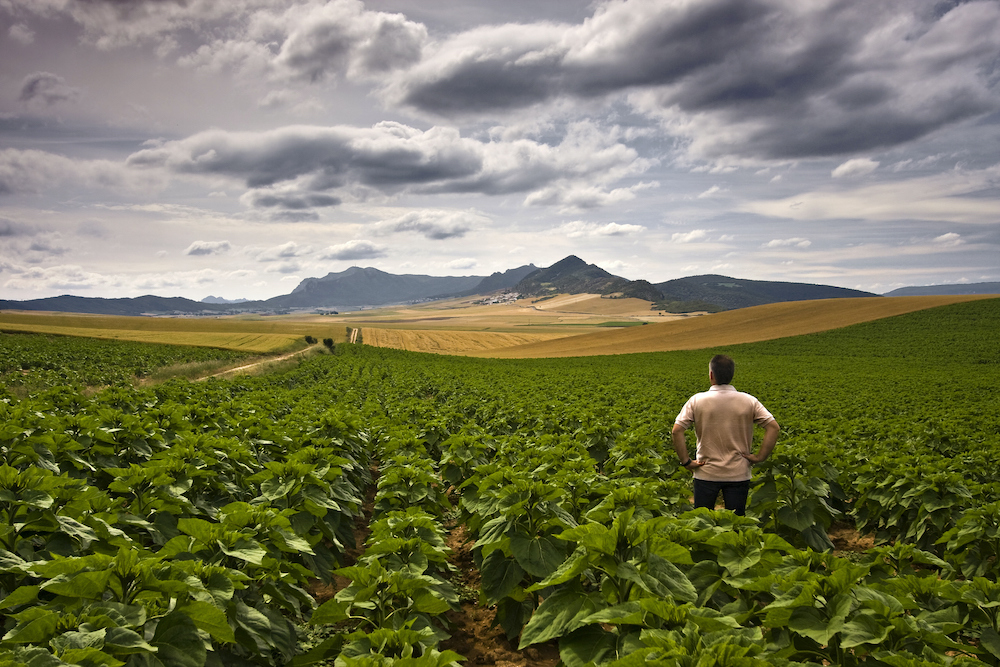Opinion: Chile's advective frost, the climatic event of the year

By Rosario Evaluation Center (Cerosario) production area head Fabio Corradini
 The factor that most limits agricultural potential in the field is by far the climate. Out of the most considered components when making projections about a horticultural orchard, the occurrence of frosts and when they occur are of great relevance.
The factor that most limits agricultural potential in the field is by far the climate. Out of the most considered components when making projections about a horticultural orchard, the occurrence of frosts and when they occur are of great relevance.
While those who design an orchard generally avoid areas where frosts happen until late in the season or have a high occurrence, this extremely important precaution is not able to prevent the effect produced by advective frosts where a complete cold front - usually of a polar origin - advances over the field.
Facing these types of events - like what happened in the early hours of Sep. 17 from the IV (Coquimbo) to the VIII (Biobio) regions of Chile - there's not a lot you can do. Common mitigation measures utilized to partially control frosts are not very effective due to the phenomenon's characteristics.
Click here to view our Frostschile2013 tag page for more information on this issue.
There is no background about the effect that propellers and helicopters have in conditions like those seen on Sep. 17, as the thickness of the cold air mass may not have mixed with the hot air several meters above the soil. The habitual use of oil burners is only effective if you place a large amount of them in the orchard, because advective events are accompanied by winds that constantly move the emitted heat, constantly introducing cold air into the orchard.
Out of all the methods undertaken to reduce frost damages, perhaps the most effective is the sprinkling of water on foliage, where the free water over the leaves releases heat. This method has a high implementation cost and has the disadvantage of raising fungal disease pressures.
The frosts of recent weeks have left considerable consequences, not just in productive terms but also as they will lead to a drop in the agricultural sector's job opportunities. From this point of view, the calculation estimated by the Rosario Evaluation Center indicates an equivalent of US$200 million in the total amount of work that has been compromised by the reduction in fruit load.
In terms of production, the fruit most affected by the phenomenon are those whose flowering occurs earlier: almonds, early cherries and plums show severe estimated damages of between 80-100% in flower structures and recently set fruit, for those formed before the Sep. 17 event.
While the most evident damages from the frosts can be evaluated after a few days have elapsed, there are other damages that are unobservable until the season is advanced, where a lot of fruits won't reach their typical sizes or varietal forms, or they will simply fall during the season as a result of embryo abortion.
The agricultural supplies market offers products to strengthen plants and protect them from climatic events, however those who want to support themselves with these products should pay attention to the validation they have on Chilean territory, and their records of success in commercial orchards.
It is still early to evaluate the repurcussions that the series of frosts of recent weeks will have on production and associated sectors. Meanwhile, projected management plans for the season will have to be modified for the lower estimated load, and find solutions that cushion the high impacts these events will have on unemployment.
To face future climatic conditions like these, we should not lose the opportunity to evaluate the effect that frost control systems had in sectors where they were used, so we can forecast and plan for future seasons in a better way.





































